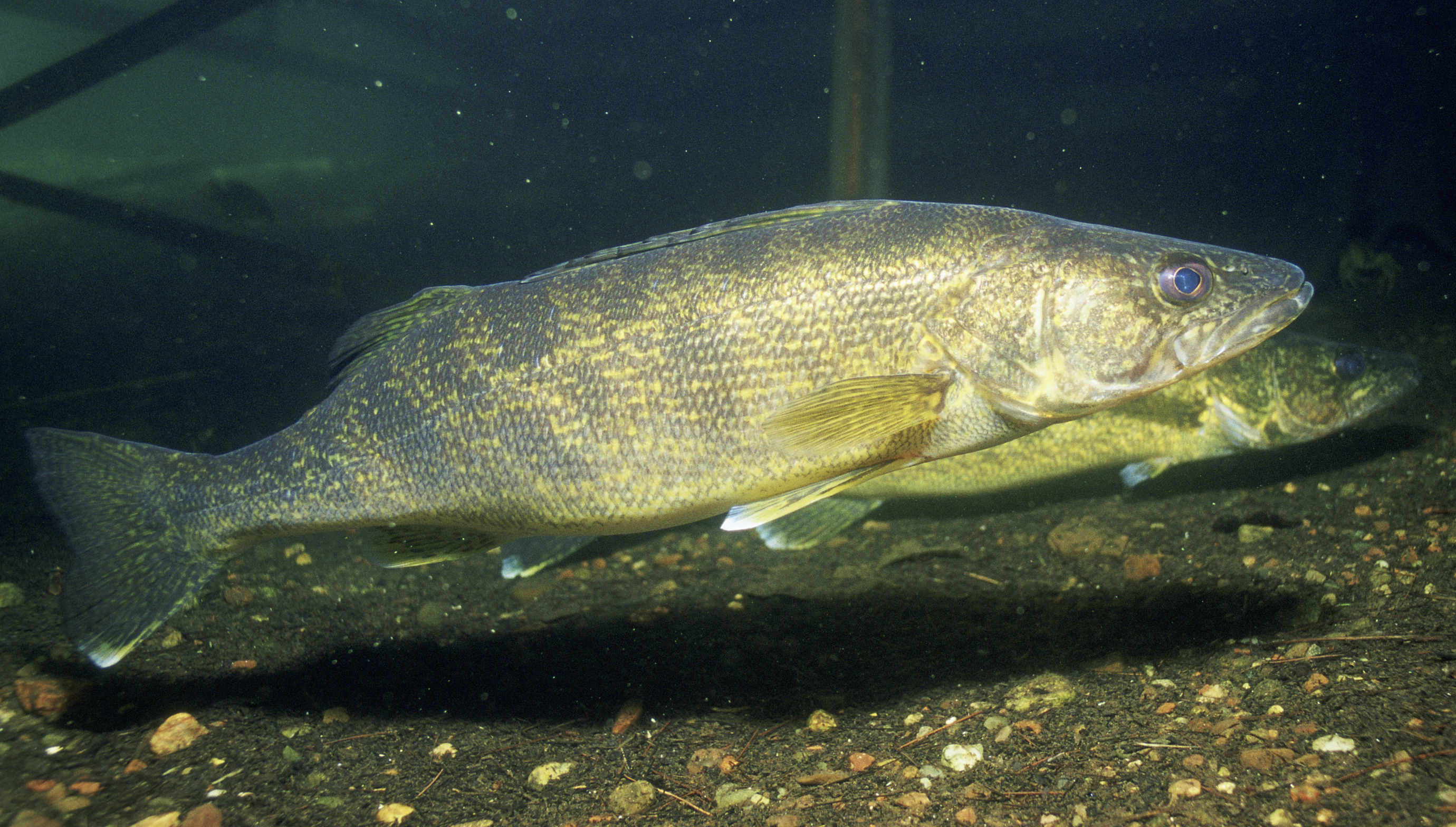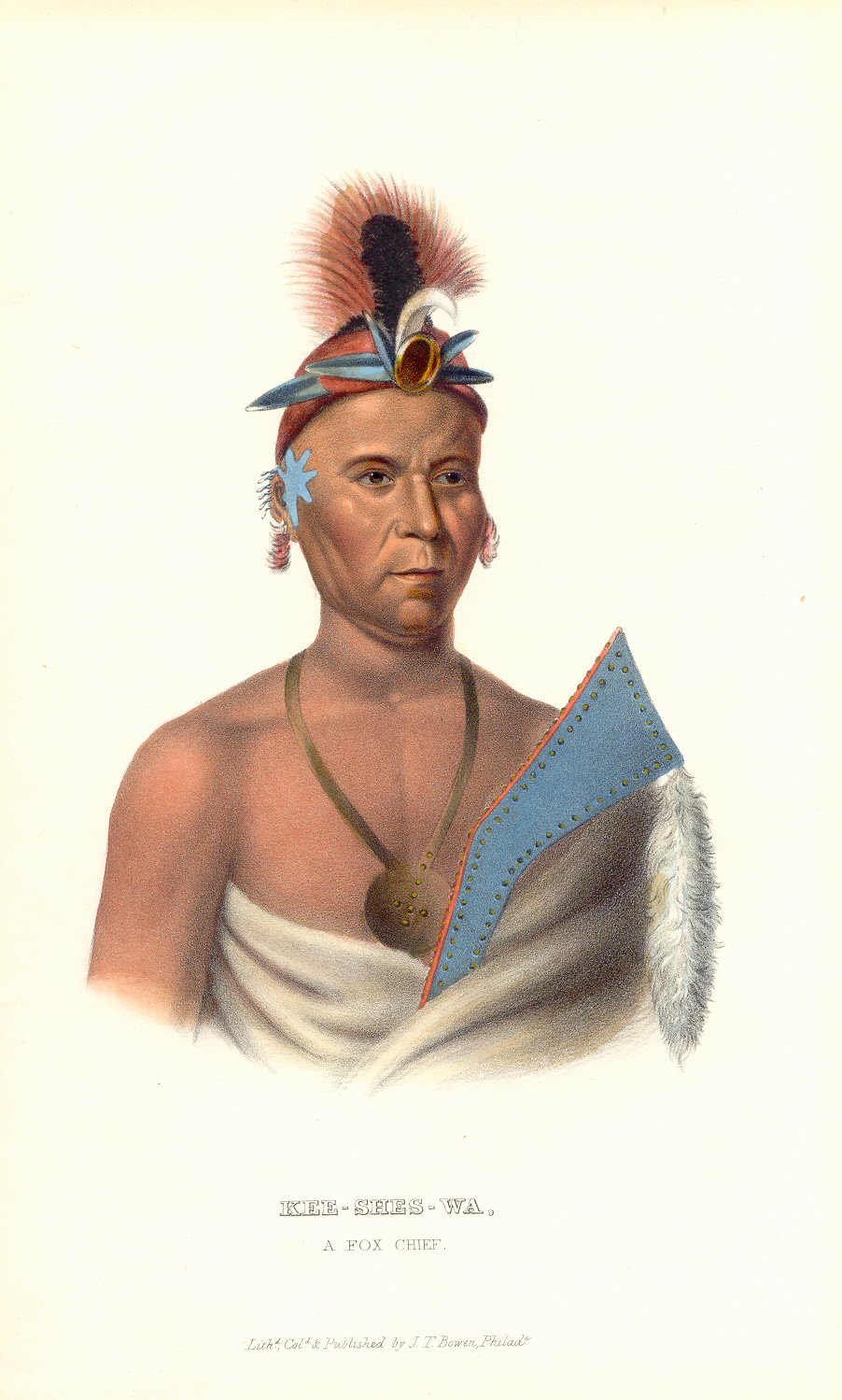|
Skunk River (Iowa)
The Skunk River is a tributary of the Mississippi River in the state of Iowa in the United States. Geography The Skunk River rises in two branches, the South Skunk ( long) and the North Skunk ( long).U.S. Geological Survey. National Hydrography Dataset high-resolution flowline dataThe National Map accessed May 13, 2011 The headwaters of the South Skunk are in Hamilton County, Iowa, Hamilton County in north central Iowa. It flows roughly due southward, to the west of Interstate 35, and passes through the city of Ames, Iowa, Ames, before turning southeasterly. In Keokuk County, Iowa, Keokuk County, it is joined by the North Skunk, which has its headwaters in Marshall County, Iowa, Marshall County. It then proceeds southeastward and flows into the Mississippi about five miles south of the city of Burlington, Iowa, Burlington. The Iowa Department of Natural Resources has designated 33 miles of the Skunk River as a State Water Trail since 2020. Etymology The Sauk people, Sauk and ... [...More Info...] [...Related Items...] OR: [Wikipedia] [Google] [Baidu] |
United States
The United States of America (U.S.A. or USA), commonly known as the United States (U.S. or US) or America, is a country primarily located in North America. It consists of 50 U.S. state, states, a Washington, D.C., federal district, five major unincorporated territories, nine United States Minor Outlying Islands, Minor Outlying Islands, and 326 Indian reservations. The United States is also in Compact of Free Association, free association with three Oceania, Pacific Island Sovereign state, sovereign states: the Federated States of Micronesia, the Marshall Islands, and the Palau, Republic of Palau. It is the world's List of countries and dependencies by area, third-largest country by both land and total area. It shares land borders Canada–United States border, with Canada to its north and Mexico–United States border, with Mexico to its south and has maritime borders with the Bahamas, Cuba, Russia, and other nations. With a population of over 333 million, it is the List of ... [...More Info...] [...Related Items...] OR: [Wikipedia] [Google] [Baidu] |
Interstate 35
Interstate 35 (I-35) is a major Interstate Highway in the central United States. As with most primary Interstates that end in a five, it is a major cross-country, north–south route. It stretches from Laredo, Texas, near the Mexican border to Duluth, Minnesota, at Minnesota State Highway 61 (MN 61, London Road) and 26th Avenue East. The highway splits into I-35E and I-35W in two separate places, the Dallas–Fort Worth metroplex in Texas and at the Minnesota twin cities of Minneapolis–Saint Paul. At , I-35 is the ninth-longest Interstate Highway following I-94, and it is the third-longest north–south Interstate Highway, following I-75 and I-95. Even though the route is generally considered to be a border-to-border highway, this highway does not directly connect to either international border. I-35's southern terminus is the traffic signal at Hidalgo Street in Laredo, Texas, just short of the Mexican border. Travelers going south can take one of two toll br ... [...More Info...] [...Related Items...] OR: [Wikipedia] [Google] [Baidu] |
Largemouth Bass
The largemouth bass (''Micropterus salmoides'') is a carnivorous freshwater gamefish in the Centrarchidae ( sunfish) family, a species of black bass native to the eastern and central United States, southeastern Canada and northern Mexico, but widely introduced elsewhere. It is known by a variety of regional names, such as the widemouth bass, bigmouth bass, black bass, bucketmouth, largies, Potter's fish, Florida bass, Florida largemouth, green bass, bucketmouth bass, Green trout, gilsdorf bass, Oswego bass, LMB, and southern largemouth and northern largemouth. The largemouth bass is the state fish of Georgia and Mississippi, and the state freshwater fish of Florida and Alabama. Taxonomy The largemouth bass was first formally described as ''Labrus salmoides'' in 1802 by the French naturalist Bernard Germain de Lacépède with the type locality given as the Carolinas. Lacépède based his description on an illustration of a specimen collected by Louis Bosc near Charleston ... [...More Info...] [...Related Items...] OR: [Wikipedia] [Google] [Baidu] |
Freshwater Drum
The freshwater drum, ''Aplodinotus grunniens'', is a fish endemic to North and Central America. It is the only species in the genus ''Aplodinotus'', and is a member of the family Sciaenidae. It is the only North American member of the group that inhabits freshwater for its entire life.Fish of the Great Lakes: Wisconsin Sea Grant. Freshwater Drum Aplodinotus grunniens. Wisconsin Sea Grant 2002.http://seagrant.wisc.edu/greatlakesfish/drum.html. Its generic name, ''Aplodinotus'', comes from Greek meaning "single back", and the specific epithet, ''grunniens'', comes from a Latin word meaning "grunting". It is given to it because of the grunting noise that mature males make. This noise comes from a special set of muscles within the body cavity that vibrate against the swim bladder. The purpose of the grunting is unknown, but due to it being present in only mature males and during the spawning season, it is assumed to be linked to spawning. The drum typically weighs . The world record ... [...More Info...] [...Related Items...] OR: [Wikipedia] [Google] [Baidu] |
Bluegill
The bluegill (''Lepomis macrochirus''), sometimes referred to as "bream", "brim", "sunny", or "copper nose" as is common in Texas, is a species of North American freshwater fish, native to and commonly found in streams, rivers, lakes, ponds and wetlands east of the Rocky Mountains. It is the type species of the genus '' Lepomis'' (true sunfish), from the family Centrarchidae (sunfishes, crappies and black basses) in the order Perciformes ( perch-like fish). Bluegills can grow up to long and about . While their color can vary from population to population, they typically have a very distinctive coloring, with deep blue and purple on the face and gill cover, dark olive-colored bands down the side, and a fiery orange to yellow belly. They are omnivorous and will consume anything they can fit in their mouth, but mostly feed on small aquatic insects and baitfishes. The fish are important prey for bass, other larger sunfish, northern pike and muskellunge, walleye, t ... [...More Info...] [...Related Items...] OR: [Wikipedia] [Google] [Baidu] |
Carp
Carp are various species of oily freshwater fish from the family Cyprinidae, a very large group of fish native to Europe and Asia. While carp is consumed in many parts of the world, they are generally considered an invasive species in parts of Africa, Australia and most of the United States. Biology The cypriniformes (family Cyprinidae) are traditionally grouped with the Characiformes, Siluriformes, and Gymnotiformes to create the superorder Ostariophysi, since these groups share some common features. These features include being found predominantly in fresh water and possessing Weberian ossicles, an anatomical structure derived from the first five anterior-most vertebrae, and their corresponding ribs and neural crests. The third anterior-most pair of ribs is in contact with the extension of the labyrinth and the posterior with the swim bladder. The function is poorly understood, but this structure is presumed to take part in the transmission of vibrations from the s ... [...More Info...] [...Related Items...] OR: [Wikipedia] [Google] [Baidu] |
Catfish
Catfish (or catfishes; order Siluriformes or Nematognathi) are a diverse group of ray-finned fish. Named for their prominent barbels, which resemble a cat's whiskers, catfish range in size and behavior from the three largest species alive, the Mekong giant catfish from Southeast Asia, the wels catfish of Eurasia, and the piraíba of South America, to detritivores (species that eat dead material on the bottom), and even to a tiny parasitic species commonly called the candiru, ''Vandellia cirrhosa''. Neither the armour-plated types nor the naked types have scales. Despite their name, not all catfish have prominent barbels or "whiskers". Members of the Siluriformes order are defined by features of the skull and swimbladder. Catfish are of considerable commercial importance; many of the larger species are farmed or fished for food. Many of the smaller species, particularly the genus '' Corydoras'', are important in the aquarium hobby. Many catfish are nocturnal, [...More Info...] [...Related Items...] OR: [Wikipedia] [Google] [Baidu] |
Walleye
The walleye (''Sander vitreus'', synonym ''Stizostedion vitreum''), also called the yellow pike or yellow pickerel, is a freshwater perciform fish native to most of Canada and to the Northern United States. It is a North American close relative of the European zander, also known as the pikeperch. The walleye is sometimes called the yellow walleye to distinguish it from the blue walleye, which is a color morph that was once found in the southern Ontario and Quebec regions, but is now presumed extinct. However, recent genetic analysis of a preserved (frozen) 'blue walleye' sample suggests that the blue and yellow walleye were simply phenotypes within the same species and do not merit separate taxonomic classification. In parts of its range in English-speaking Canada, the walleye is known as a pickerel, though the fish is not related to the true pickerels, which are members of the family ''Esocidae''. Walleyes show a fair amount of variation across watersheds. In general, ... [...More Info...] [...Related Items...] OR: [Wikipedia] [Google] [Baidu] |
Chicago
(''City in a Garden''); I Will , image_map = , map_caption = Interactive Map of Chicago , coordinates = , coordinates_footnotes = , subdivision_type = List of sovereign states, Country , subdivision_name = United States , subdivision_type1 = U.S. state, State , subdivision_type2 = List of counties in Illinois, Counties , subdivision_name1 = Illinois , subdivision_name2 = Cook County, Illinois, Cook and DuPage County, Illinois, DuPage , established_title = Settled , established_date = , established_title2 = Municipal corporation, Incorporated (city) , established_date2 = , founder = Jean Baptiste Point du Sable , government_type = Mayor–council government, Mayor–council , governing_body = Chicago City Council , leader_title = Mayor of Chicago, Mayor , leader_name = Lori Lightfo ... [...More Info...] [...Related Items...] OR: [Wikipedia] [Google] [Baidu] |
Isaac Galland
Isaac Galland (May 15, 1791 – September 27, 1858) was a merchant, postmaster, land speculator, and doctor. He is best known for selling large tracts of land around Commerce, Illinois, to the Church of Jesus Christ of Latter-day Saints in 1839. Early life Galland was born in Somerset, Pennsylvania on May 15, 1791, to Matthew Galland and Hannah Fenno during their move from Norfolk, Virginia, to the Western frontier. He was the second of five children. His siblings were Abel (March 9, 1787 – 1857), Matthew Jr. (1794–1812), David (May 10, 1795 – November 26, 1872), and Mary (Polly) (September 8, 1798 – April 27, 1870). Shortly after his birth, his family relocated to land near Marietta, Ohio, which was located in Ohio's Donation Tract. "The remote location of the Galland homestead did not hinder Isaac's education, since his mother, an educated woman, took on the responsibility of teaching him as much as she could until he was thirteen." Although little is known of his teen ... [...More Info...] [...Related Items...] OR: [Wikipedia] [Google] [Baidu] |
Meskwaki
The Meskwaki (sometimes spelled Mesquaki), also known by the European exonyms Fox Indians or the Fox, are a Native American people. They have been closely linked to the Sauk people of the same language family. In the Meskwaki language, the Meskwaki call themselves ', which means "the Red-Earths", related to their creation story. Historically their homelands were in the Great Lakes region. The tribe coalesced in the St. Lawrence River Valley in present-day Ontario, Canada. Under French colonial pressures, it migrated to the southern side of the Great Lakes to territory that much later was organized by European Americans as the states of Michigan, Wisconsin, Illinois, and Iowa. The Meskwaki suffered damaging wars with the French and their Native American allies in the early 18th century, with one in 1730 decimating the tribe. Euro-American colonization and settlement proceeded in the United States during the 19th century and forced the Meskwaki/Fox south and west into the tal ... [...More Info...] [...Related Items...] OR: [Wikipedia] [Google] [Baidu] |







